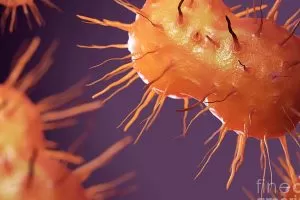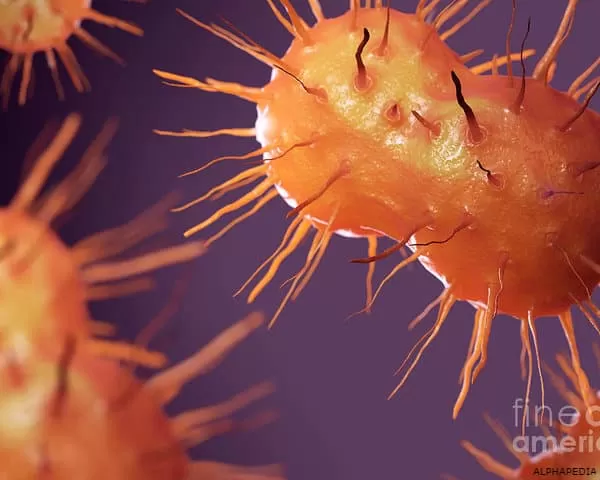What is a Bacteria ?
Bacteria are microscopic living organisms, usually unicellular, that can be found everywhere. They can be harmful when they produce infection, or beneficial, as in the processes of fermentation and decomposition. Anton Van Leeuwenhoek first observed bacteria through a microscope in 1676. He called it “animalcules”. In 1838, the German Christian Gottfried Ehrenberg gave them the name of bacteria, from their Greek origin meaning “stick”.
An appropriate word, since the first bacteria observed were in the shape of bars, although bacteria can also have a spiral or spherical shape. A grammatical note: the word bacteria is the plural form of “bacteria” and therefore should be written in the plural, as in “Many bacteria are harmless”.
Definitions of Bacteria
Microbiology; Spherical or spiral, single-celled or non-cellular organisms lacking chlorophyll that reproduce by fission; important as pathogens and for their biochemical properties; difficult to taxonomize; often considered as plants.
Bacteria – single-celled micro-organisms that can exist as independent (free-living) organisms or as parasites (dependent on another organism for life). Examples of bacteria include Acidophilus, a normal yogurt inhabitant; Gonococcus which causes gonorrhea. Gangrene caused by Clostridium welchii; E. coli, although it lives in the colon, would cause disease if found in other organisms; and Streptococcus, which causes a common throat infection.
A bacterium is defined as a single-celled microorganism that has no nucleus or any other organism attached to the membrane. Bacteria are sometimes called ‘prokaryotes’. In Greek, ‘prokaryote’ literally means ‘before the nut’ (where ‘the nut’ is the nucleus). Bacteria adapt to adapt well to their environments and therefore have many shapes and forms. However, they all have some parts in common.
Anatomy of a Typical Bacteria
- Capsule-a protective, often viscous, often sugar-like coating that helps protect the bacteria. It also makes the bacteria virulent. This means that the bacteria are more likely to cause disease, since it helps the cell survive the attack. For example, the bacteria can survive an attack by the human body’s immune system.
- Cell wall: In bacteria, the cell wall is usually made of peptidoglucan, a compound of protein and sugar. This structure gives the cell some rigidity and protection.
- Cell membrane: As in most cells, the plasma membrane of the bacteria acts by coordinating the passage of molecules into and out of the cell.
- Cytoplasm: In cells, cytoplasm functions as a medium through which molecules are transported, as well as a system for maintaining temperature and pH conditions.
- Ribosomes: the main site for protein synthesis in bacteria.
- Nucleosome: a basic unit of chromatin.
- Nucleoid: where the bacterium’s DNA is found. Again, it is not the same as a nucleus because it is not surrounded by a membrane.
- Flagellum: In many bacteria, a flagellum is present, and it is the means by which the cell moves.
Related Topics

DEFINITION OF ADJECTIVE AND ITS TYPES

DEFINITION OF BULIMIA

DEFINITION OF BOURGEOISIE

What Is The STOCK MARKET and How Does It Work ?

WHAT DOES ELECTRICITY MEAN ?

WHAT IS A CAPILLARY TUBE ?
Other Topics Associated in ALPHAPEDIA

ABBREVIATION OF BACHELOR DEGREE

ABBREVIATION OF MANAGEMENT

BACHELOR IN BUSINESS ADMINISTRATION ABBREVIATION
Bacteria Definition Image



